Zone
Crash of a Lockheed L-382E-16C Hercules in Saint-Vincent-de-Barrès: 8 killed
Date & Time:
Sep 5, 1980 at 1730 LT
Registration:
KAF317
Survivors:
No
Schedule:
London - Athens - Kuwait City
MSN:
4350
YOM:
1969
Crew on board:
4
Crew fatalities:
Pax on board:
4
Pax fatalities:
Other fatalities:
Total fatalities:
8
Circumstances:
The airplane departed London on a flight to Kuwait City with an intermediate stop in Athens. While cruising vertical to Montélimar, the crew encountered poor weather conditions with thunderstorm activity and turbulences. Control was lost and the airplane entered a dive before crashing on a hill located near Saint-Vincent-de-Barrès, about 12 km northwest of Montélimar. Debris were found on a wide area and all eight occupants were killed.
Probable cause:
It is believed that the loss of control was the consequence of in-flight turbulences while cruising in a thunderstorm area. The assumption that the aircraft may have been struck by lightning was not ruled out. Severe turbulences also may cause the aircraft to suffer a structural failure.
Crash of a Douglas DC-8-62 in Athens: 14 killed
Date & Time:
Oct 7, 1979 at 2116 LT
Registration:
HB-IDE
Survivors:
Yes
Schedule:
Zurich – Geneva – Athens – Bombay – Beijing
MSN:
45919/312
YOM:
1967
Flight number:
SR316
Crew on board:
10
Crew fatalities:
Pax on board:
144
Pax fatalities:
Other fatalities:
Total fatalities:
14
Captain / Total hours on type:
2637.00
Copilot / Total hours on type:
805
Aircraft flight hours:
46418
Aircraft flight cycles:
16609
Circumstances:
The approach to runway 15L was unstable. At an excessive speed of 150 knots, the four engine airplane landed about 800-900 meters down the runway 15L, on a wet surface. The crew failed to use all available braking systems and unable to stop within the remaining distance, the airplane overran at a speed of 40 knots, went through a perimeter fence and descended a ravine before coming to rest in flames. 20 passengers were injured while 120 other occupants escaped uninjured. Unfortunately, 14 passengers were killed. The aircraft was totally destroyed by a post crash fire.
Probable cause:
It was determined that the accident was the consequence of a succession of errors on part of the flying crew, among them:
- The aircraft was unstable on final approach,
- The crew landed too far down the runway with a touchdown point estimated 800 to 900 meters past the runway threshold,
- The aircraft's speed at touchdown was excessive (150 knots),
- The crew failed to apply brakes according to published procedures, especially the wheel brakes in known adverse weather conditions,
- Wrong approach configuration,
- The crew has been informed prior to landing that the braking coefficient was medium to poor,
- The runway surface was wet due to recent rain falls.
- The aircraft was unstable on final approach,
- The crew landed too far down the runway with a touchdown point estimated 800 to 900 meters past the runway threshold,
- The aircraft's speed at touchdown was excessive (150 knots),
- The crew failed to apply brakes according to published procedures, especially the wheel brakes in known adverse weather conditions,
- Wrong approach configuration,
- The crew has been informed prior to landing that the braking coefficient was medium to poor,
- The runway surface was wet due to recent rain falls.
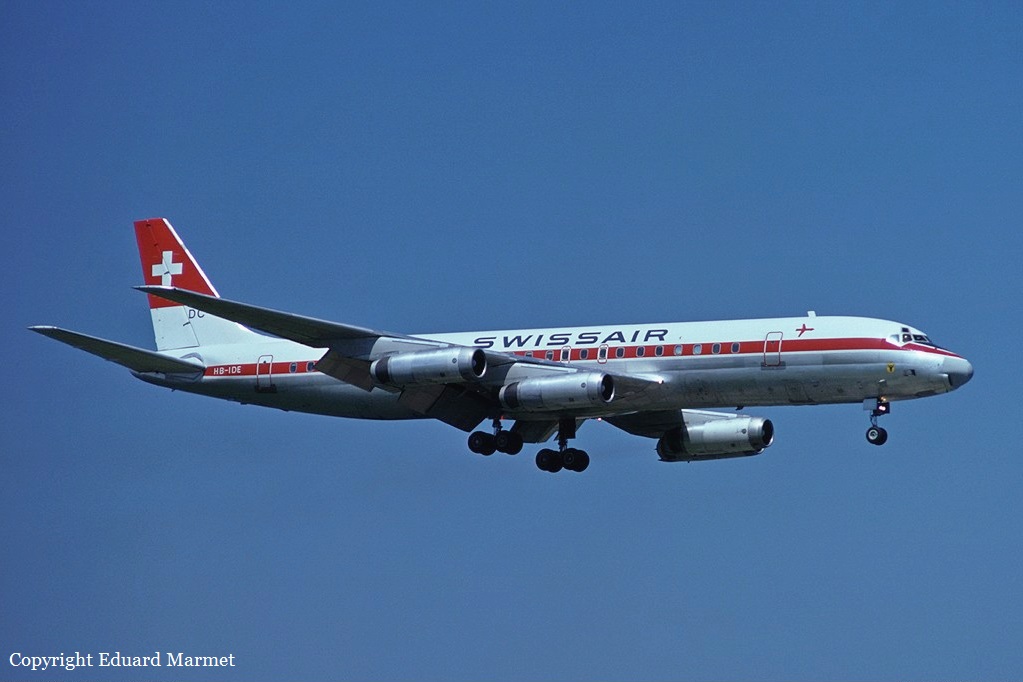


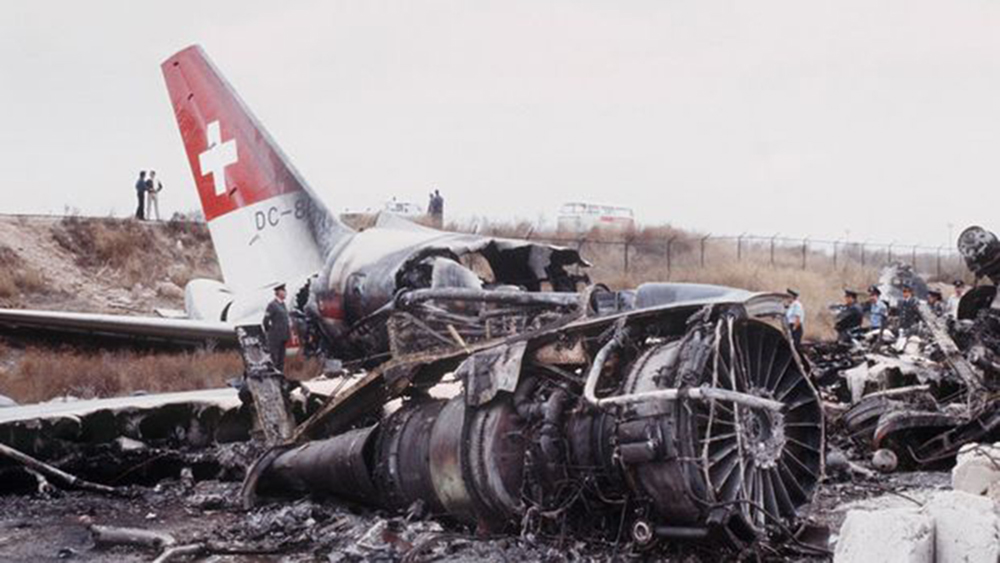
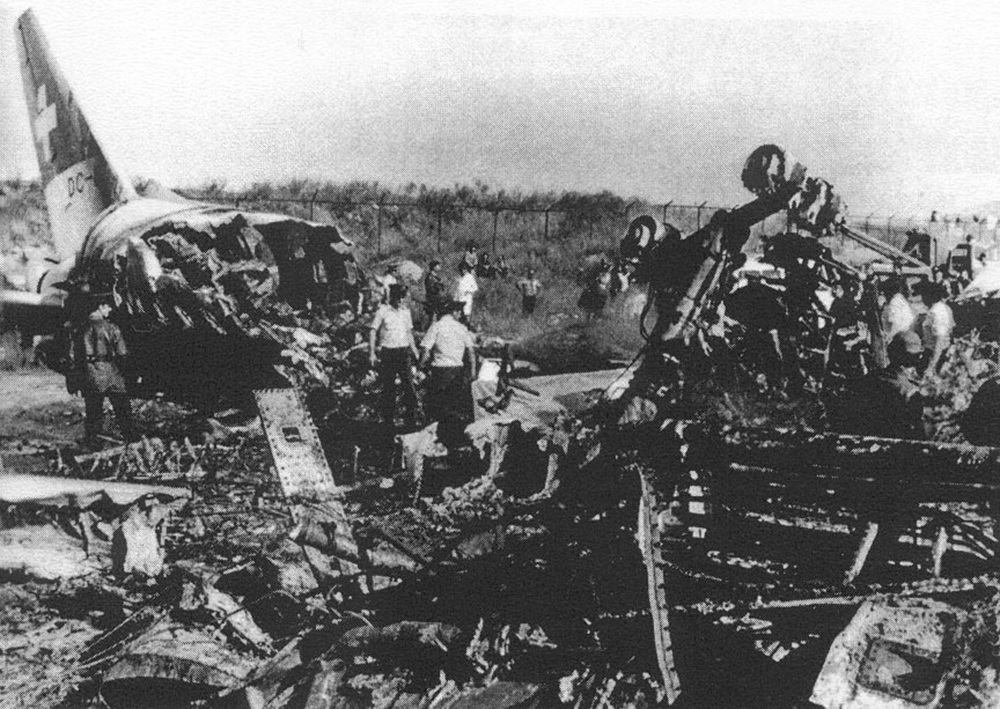
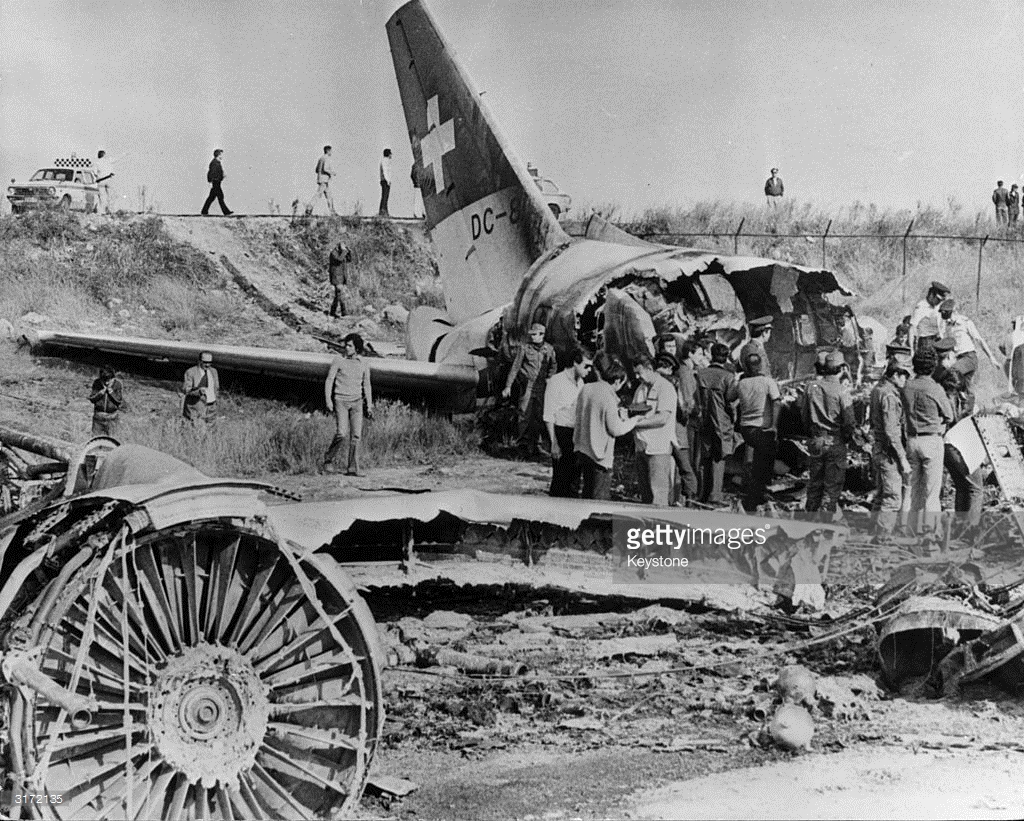
Crash of a Boeing 707-331B into the Ionian Sea: 88 killed
Date & Time:
Sep 8, 1974 at 1140 LT
Registration:
N8734
Survivors:
No
Schedule:
Tel Aviv - Athens - Rome - New York
MSN:
20063/789
YOM:
1969
Flight number:
TW841
Crew on board:
9
Crew fatalities:
Pax on board:
79
Pax fatalities:
Other fatalities:
Total fatalities:
88
Captain / Total hours on type:
7280.00
Copilot / Total hours on type:
5311
Aircraft flight hours:
21733
Circumstances:
The four engine airplane departed Athens-Ellinikon Airport at 1112LT on a flight to Rome, last leg before the transatlantic flight to New York. While cruising at an altitude of 28,000 feet, the airplane went out of control, entered a steep dive and crashed into the Ionian Sea bout 80 km west of Kefalonia Island, Greece. Some debris were found floating on water and no survivor was found among the 88 occupants.
Probable cause:
It was determined that the detonation of an explosive device in the aft cargo compartment buckled and damaged the cabin floor in such a manner that one or more of the elevator and rudder system control cables was stretched and, perhaps, broken. The resultant displacement of control surfaces caused a violent pitch up and yaw and made the aircraft uncontrollable.
Final Report:
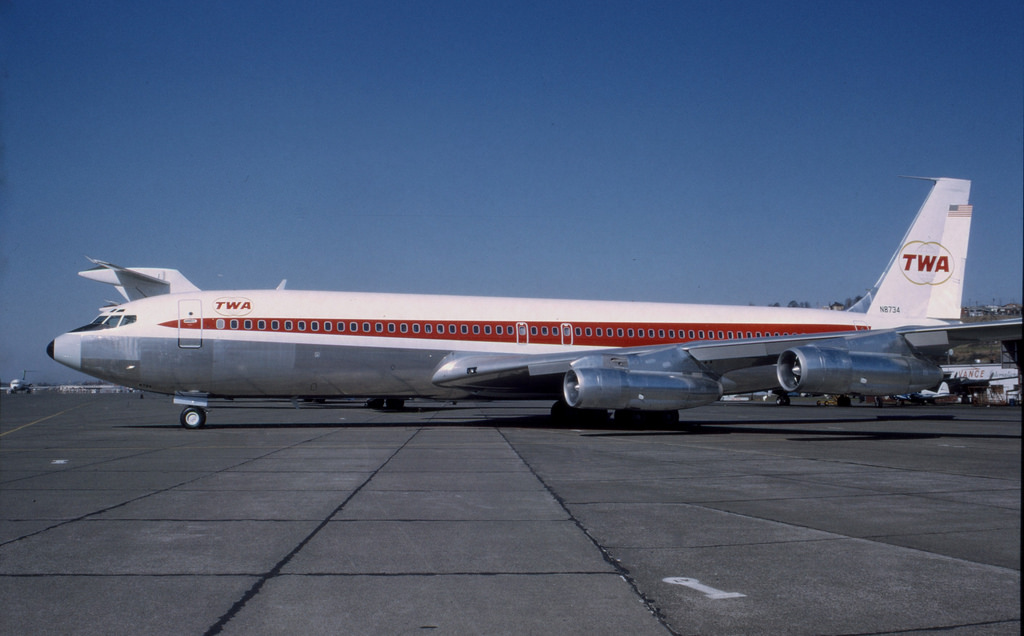
Crash of a NAMC YS-11A-500 off Athens: 37 killed
Date & Time:
Oct 21, 1972 at 2130 LT
Registration:
SX-BBQ
Survivors:
Yes
Schedule:
Kerkyra - Athens
MSN:
2155
YOM:
1971
Flight number:
OA506
Crew on board:
4
Crew fatalities:
Pax on board:
49
Pax fatalities:
Other fatalities:
Total fatalities:
37
Circumstances:
Following an uneventful flight from Kerkyra Airport, the crew started the descent in poor weather conditions and limited visibility due to the night. On final approach in stormy weather, the airplane struck the water surface and crashed into the sea about 5 km offshore. 16 occupants were rescued while 37 others, including a crew members were killed. The wreckage sank by a depth of 12 meters but was recovered a day later and brought back onto the beach.
Probable cause:
The exact cause of the accident remains undetermined but it is believed that it was the consequence of a controlled flight into terrain (water surface) while approaching Athens-Ellinikon Airport in limited visibility due to the night and poor weather conditions.
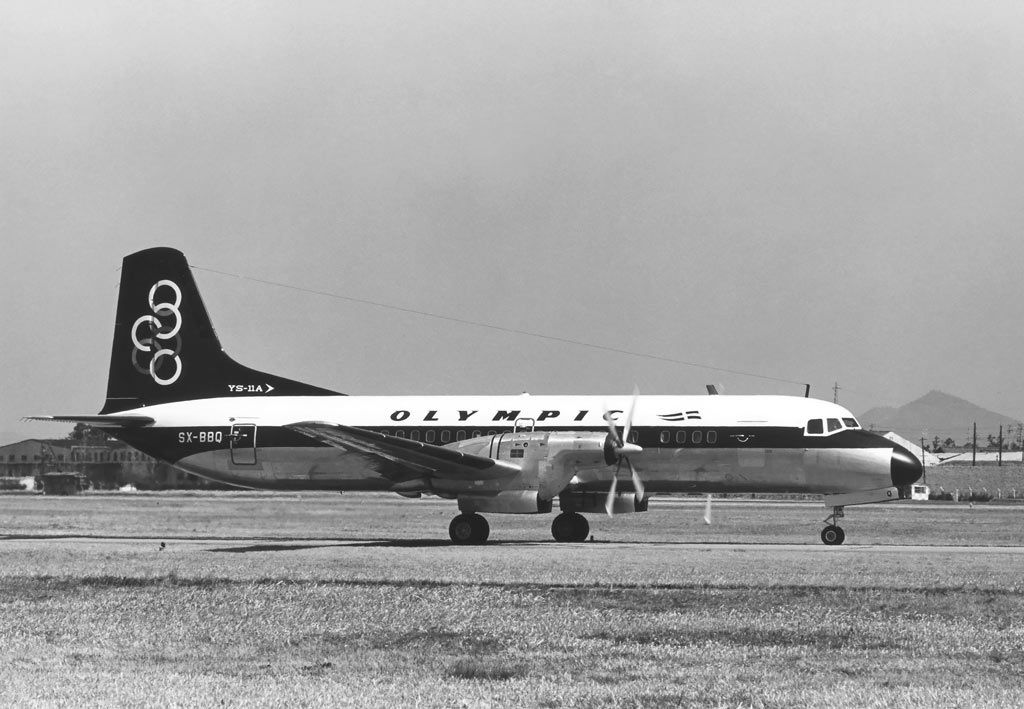

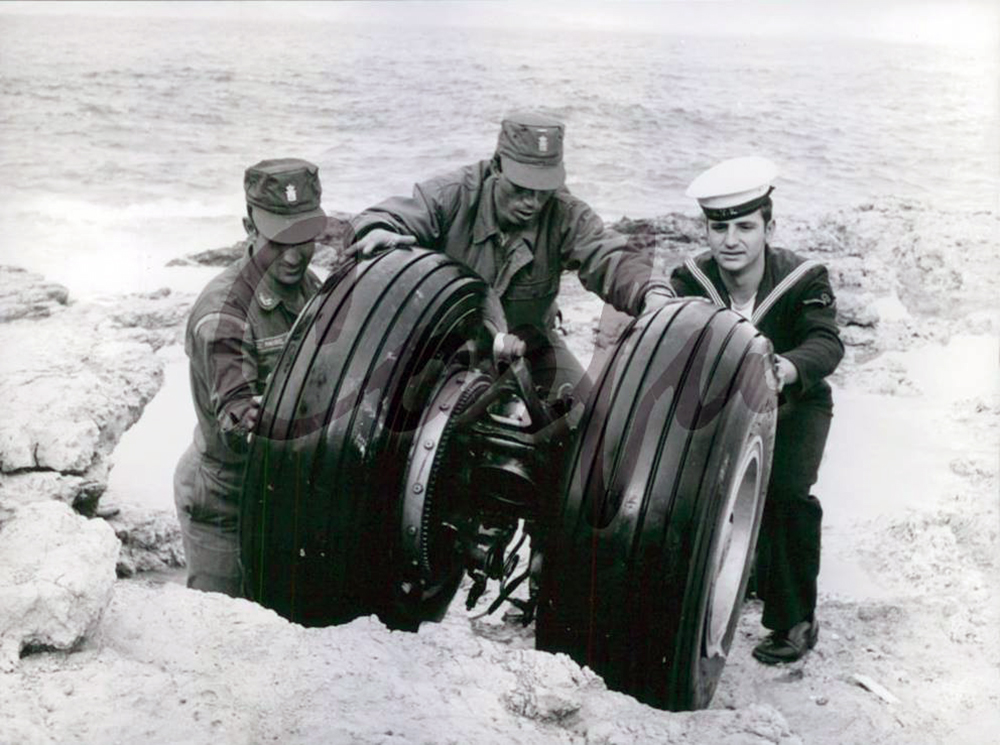
Crash of a Learjet 25B off Antibes: 2 killed
Date & Time:
Feb 18, 1972
Registration:
SX-ASO
Survivors:
No
Schedule:
Athens - Nice
MSN:
25-074
YOM:
1971
Crew on board:
2
Crew fatalities:
Pax on board:
0
Pax fatalities:
Other fatalities:
Total fatalities:
2
Circumstances:
On final approach to Nice-Côte d'Azur Airport, while on a positioning flight from Athens-Ellinikon Airport, the airplane went out of control and crashed into the sea off Antibes. Both crew members were killed.
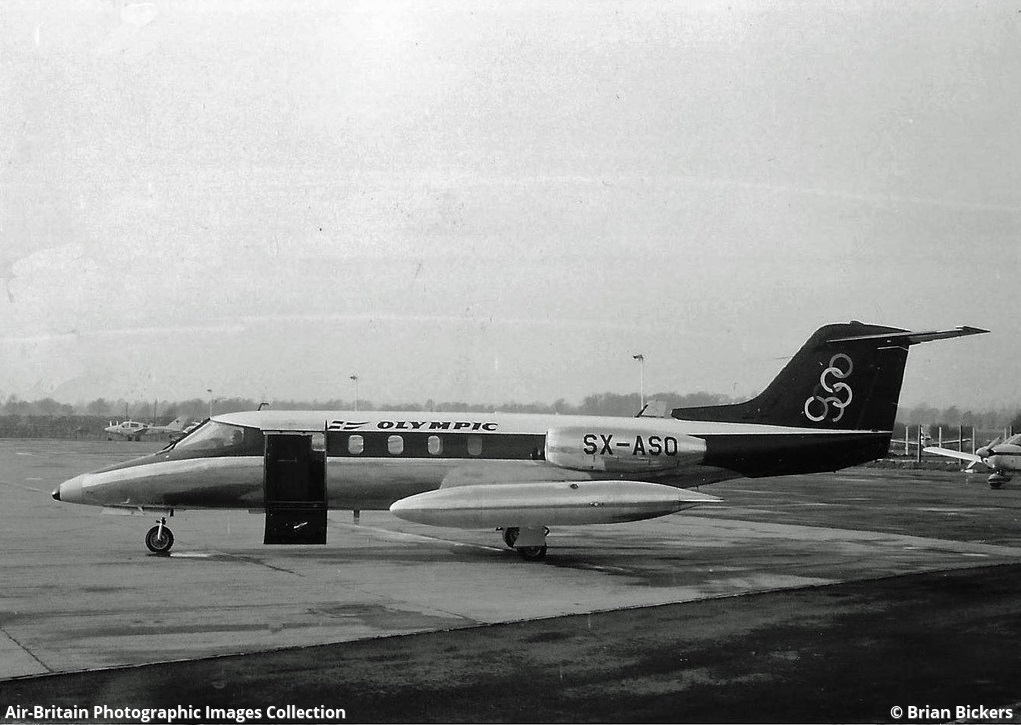
Crash of a Douglas C-47A-20-DL in Rajince: 5 killed
Date & Time:
Sep 16, 1971
Registration:
4W-ABI
Survivors:
No
Schedule:
Belgrade - Athens - Cairo - Jeddah - Aden
MSN:
9334
YOM:
1943
Crew on board:
2
Crew fatalities:
Pax on board:
3
Pax fatalities:
Other fatalities:
Total fatalities:
5
Circumstances:
While cruising in poor weather conditions, the airplane struck tree tops and crashed in a wooded and mountainous area located near Rajince, south Serbia. The aircraft was destroyed and all five occupants were killed.
Probable cause:
It is believed the accident was the consequence of a loss of control caused by an excessive accumulation of ice on the aircraft.
Crash of a Douglas DC-6B in Kerkyra
Date & Time:
Nov 5, 1970
Registration:
SX-DAI
Survivors:
Yes
Schedule:
Athens - Kerkyra
MSN:
45544/1026
YOM:
1958
Crew on board:
5
Crew fatalities:
Pax on board:
62
Pax fatalities:
Other fatalities:
Total fatalities:
0
Circumstances:
Upon landing at Kerkyra-Ioánnis Kapodístrias Airport runway 35, the nose gear collapsed. The airplane slid on runway then veered off runway to the left and came to rest 450 feet further. All 67 occupants were evacuated safely and the aircraft was damaged beyond repair.
Probable cause:
Failure of the nose gear upon landing.
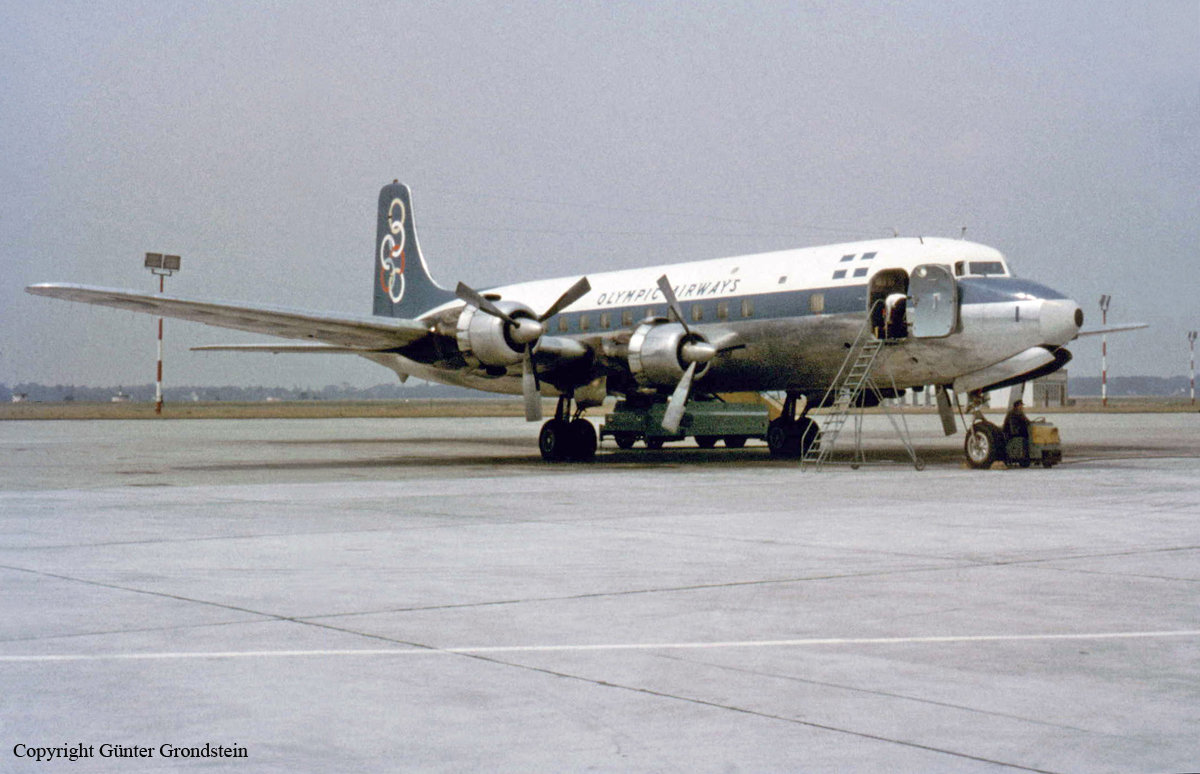
Crash of a De Havilland DH.106 Comet 4B off Demre: 66 killed
Date & Time:
Oct 12, 1967 at 0325 LT
Registration:
G-ARCO
Survivors:
No
Schedule:
London - Athens - Nicosia - Cairo
MSN:
6449
YOM:
1961
Flight number:
BE284
Crew on board:
7
Crew fatalities:
Pax on board:
59
Pax fatalities:
Other fatalities:
Total fatalities:
66
Captain / Total hours on type:
2637.00
Copilot / Total hours on type:
2471
Aircraft flight hours:
15470
Circumstances:
G-ARCO left London-Heathrow Airport at 2145 hours on 11 October 1967, operating British European Airways (BEA) flight BE284 to Athens. It carried 38 passengers and 2 154 kg of freight, including 920 kg for Nicosia. The aircraft arrived at Athens at 0111 hours on 12 October and reached its parking area on the apron at about 0115 hours. Six Athens passengers were disembarked. At Athens the flight became Cyprus Airways flight CY 284 for Nicosia. Four passengers and the captain remained on board the aircraft whilst it was refuelled and serviced for the flight to Nicosia. The Captain and the two First Officers continued with the aircraft but the cabin staff was changed, the new staff being those of Cyprus Airways. Twenty-seven passengers joined the aircraft at Athens for the flight to Nicosia. From the evidence of the BEA and Olympic Airways staff at Athens the aircraft's transit was normal. It was refuelled to .a total of approximately 17 000 kg and only one minor defect, relating to the Captain's beam compass, was recorded in the technical log. This defect was dealt with by the ground crew. The baggage for the passengers joining the aircraft for the flight to Nicosia and the freight was placed in holds 1 and 2; the baggage and freight from London to Nicosia remained in holds 4 and 5. The aircraft taxied out at 0227 hours and was airborne on schedule at 0231 hours; it was cleared by Athens Control to Nicosia on Upper Airway Red 19 to cruise at flight level (FL) 290. After take-off it climbed to 4 000 ft on the 180' radial of Athens VOR and then turned direct to Sounion, which it reported crossing at 0236 hours. At 0246 hours, the aircraft reported that it was crossing R19B at FL 290 and was estimating Rhodes at 0303 hours. At 0258 hours at an estimated position 3fi041'N, 27O13'E, the aircraft passed a westbound BEA Comet which was flying at FL 280. Each aircraft saw the other; the Captain of the westbound aircraft has staked that flight conditions were clear and smooth. G-ARC0 passed Rhodes at 0304 hours and at 0316 hours reported passing R19C at FL 290 and that it estimated passing abeam of Myrtou, Cyprus, at 0340 hours. This message was not received by Athens direct but was relayed by the westbound aircraft. G-ARC0 was then cleared by Athens to change to the Nicosia FIR frequency. The recording of the R/T communications with Nicosia shows that G-ARC0 called them to establish contact; the time of this call was 0318 hours + 9 seconds and it is estimated that the aircraft would then have been at a position 35° 51'N 30°17' E, approximately 15 NM to the east of R19C. Nicosia replied to the aircraft with an instruction to go ahead with its message but no further transmission was heard. Nicosia continued to try to contact the aircraft but without result and overdue action was therefore taken. At 0440 hours R.A.F. Search and Rescue aircraft took off from Akrotiri; at 0625 hours wreckage from G-ARC0 was sighted in the vicinity of R19C, the last reported position. None of the 66 occupants survived the crash.
Probable cause:
The aircraft broke up in the air following detonation of a high explosive device within the cabin. A high explosive device detonated within the cabin while the aircraft was cruising at FL290. The explosion severely damaged the aircraft causing an out-of-control condition followed by structural break-up at a lower altitude.
Final Report:
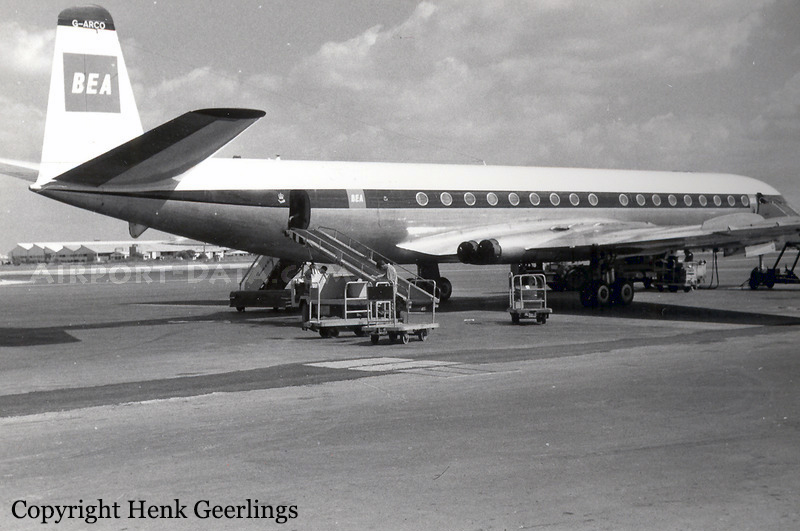
Crash of a Douglas C-124C Globemaster II on Mt Helmos: 10 killed
Date & Time:
Jan 22, 1965
Registration:
52-1058
Survivors:
No
Schedule:
Aviano - Athens
MSN:
43967
YOM:
1952
Crew on board:
10
Crew fatalities:
Pax on board:
0
Pax fatalities:
Other fatalities:
Total fatalities:
10
Circumstances:
While cruising in cloudy conditions, the four engine aircraft struck the snowy covered Mt Helmos located near Kalávryta, some 40 km southeast of Patras. The airplane disintegrated on impact and all 10 crew members were killed.






